
New Release: ThingPark Network Coverage Tool v2.1 Now Available Press Release – May 25, 2025 – Paris, France Actility is...

End of Content.

New Release: ThingPark Network Coverage Tool v2.1 Now Available Press Release – May 25, 2025 – Paris, France Actility is...

New Release: ThingPark Enterprise All-in-One (TAO) v2.4 Now Available Press Release – June 25, 2025 – Paris, France Actility announces...
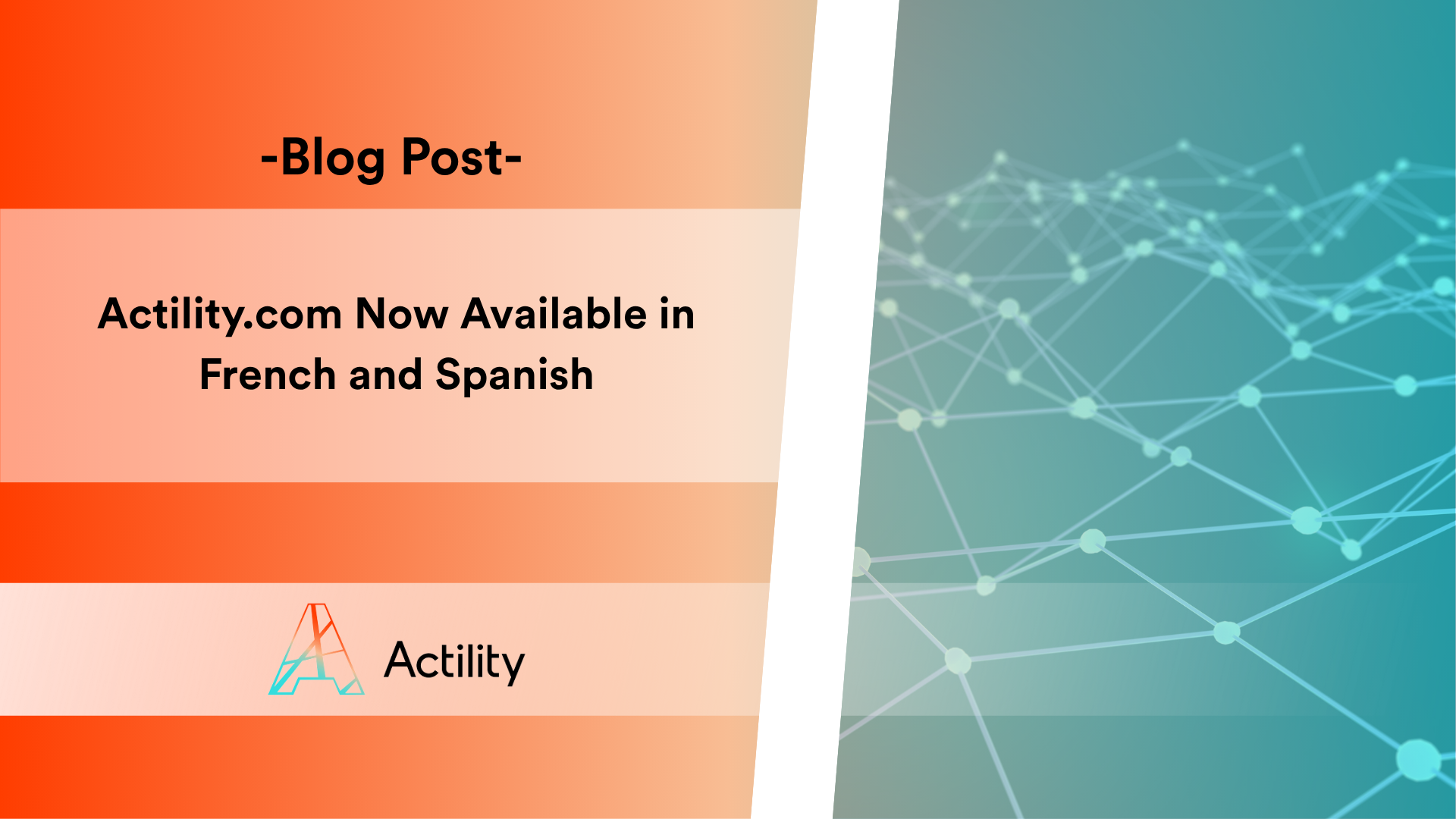
Actility.com Now Available in French and Spanish At Actility, we support companies around the world in their digital transformation through...

New Release: ThingPark Enterprise 8.0 for Self-Hosted Deployments Now Available Press Release – June 26, 2025 – Paris, France Actility...
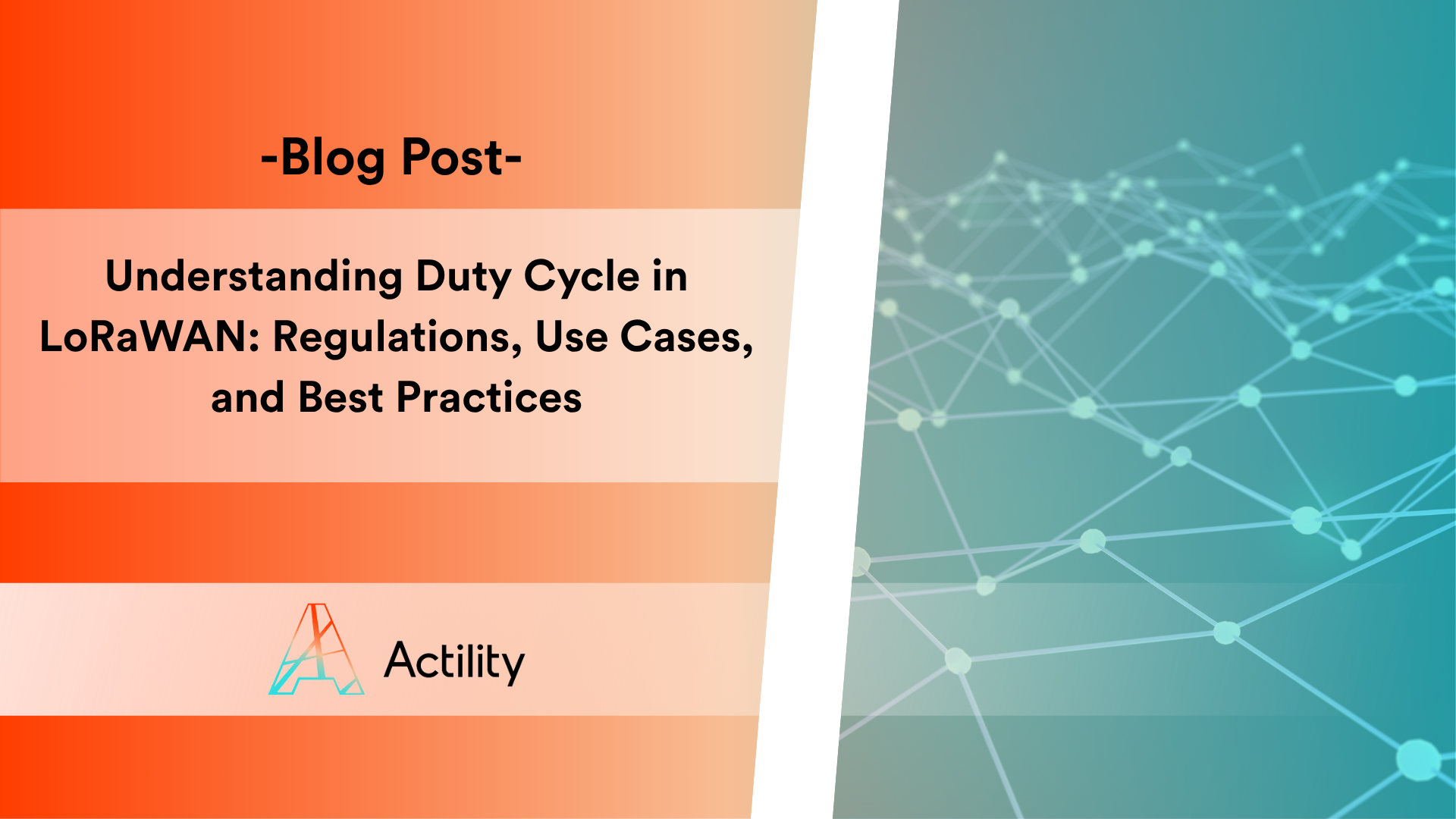
Understanding Duty Cycle in LoRaWAN: Regulations, Use Cases, and Best Practices In radio communications, especially in unlicensed bands like those...
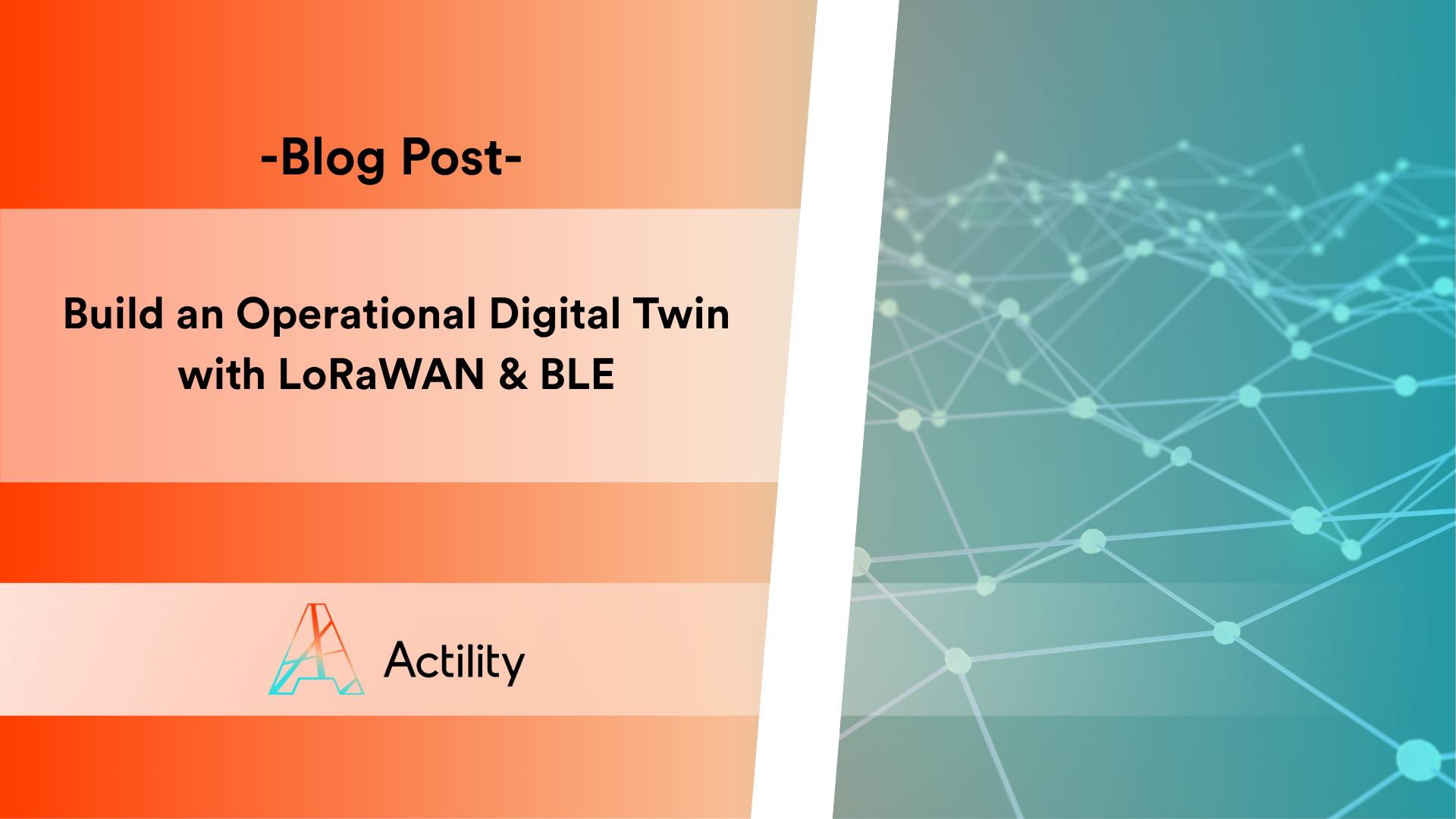
Build an Operational Digital Twin with LoRaWAN & BLE In today’s fast-paced manufacturing and logistics environments, hidden costs and operational...
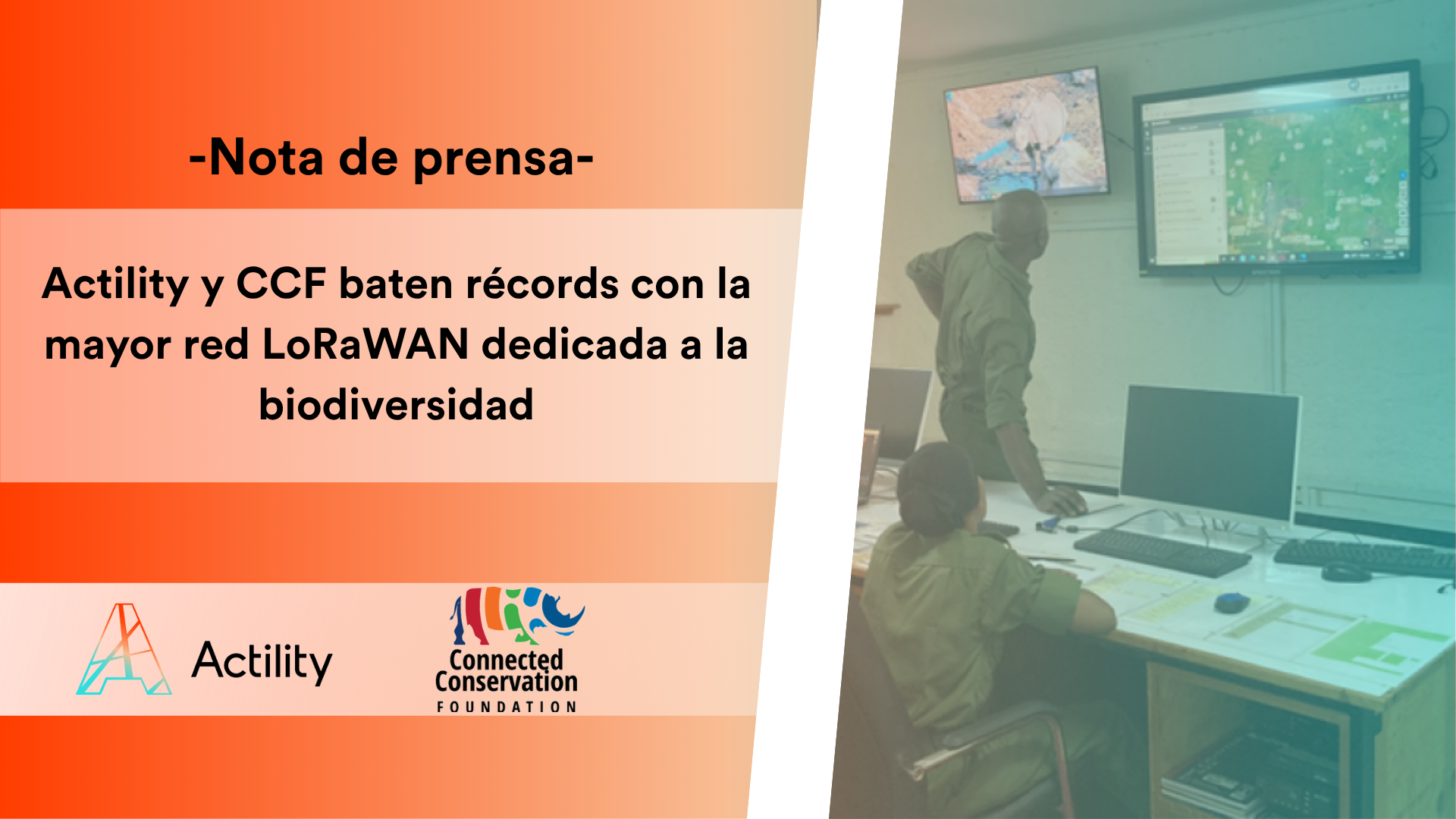
Actility and CCF Break Records with Largest LoRaWAN Biodiversity Network — Targeting 20+ Million Hectares of Protection by 2030 Press...

– Webinar – LoRaWAN in Industry – A Key Technology for Digital Transformation Wednesday, July 2, 2025, 10am (CEST) In...
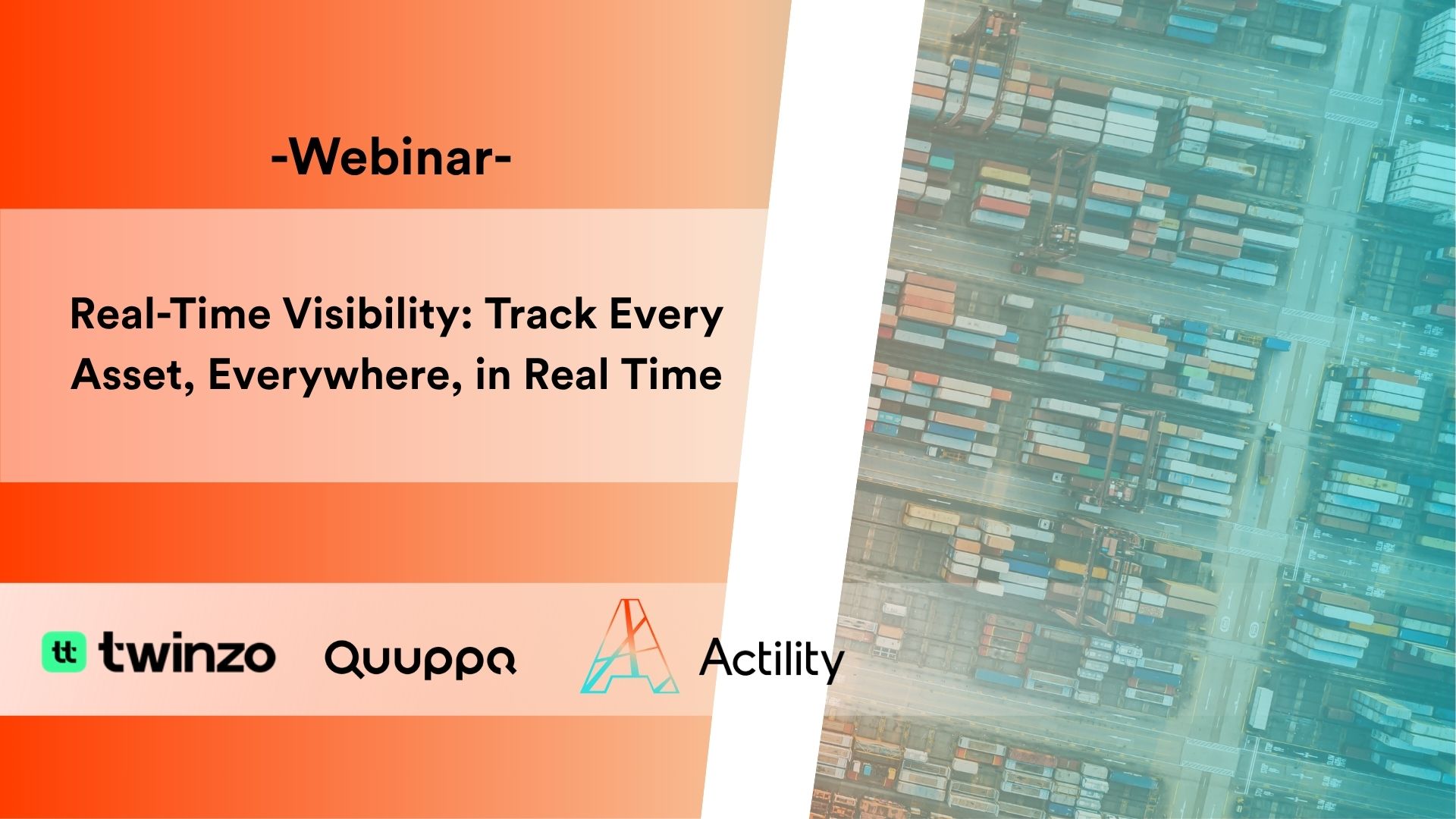
– Webinar – Real-Time Visibility: Track Every Asset, Everywhere, in Real Time 17 June, 2025, 10:30am (CET) Full Operational Control...
Dive into the latest insights and innovations in the world of IoT with our newsletter. Stay ahead with curated news, expert analyses, and exclusive updates from the forefront of technology and business.
© 2024 Actility’s All Rights Reserved